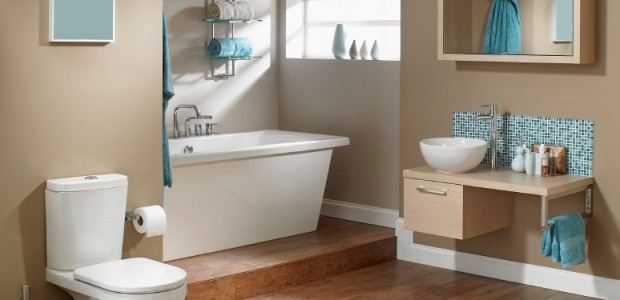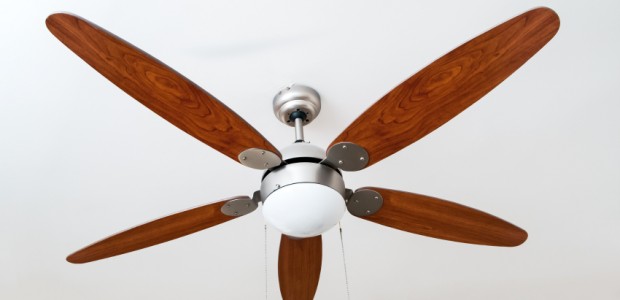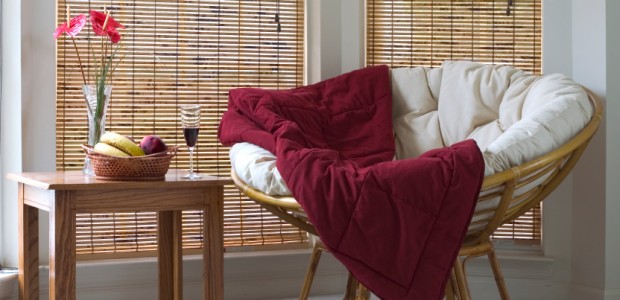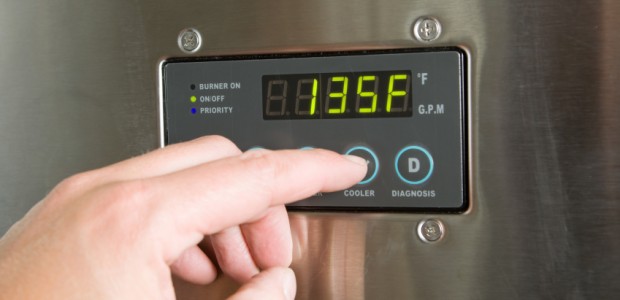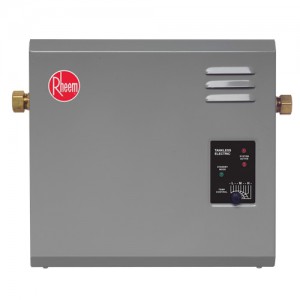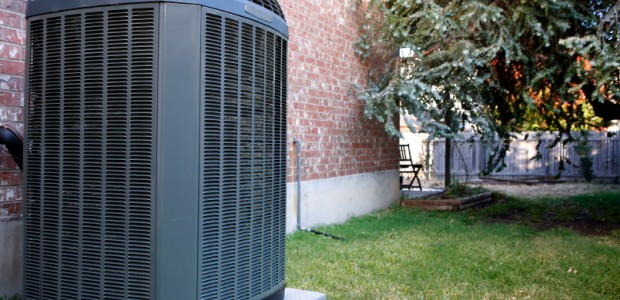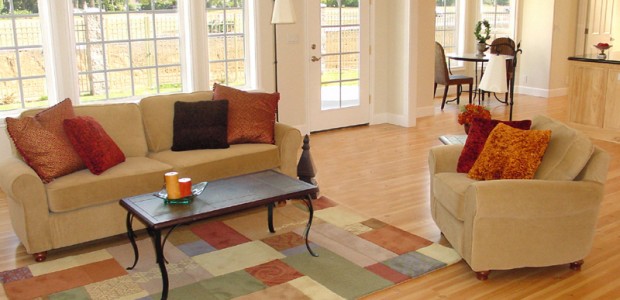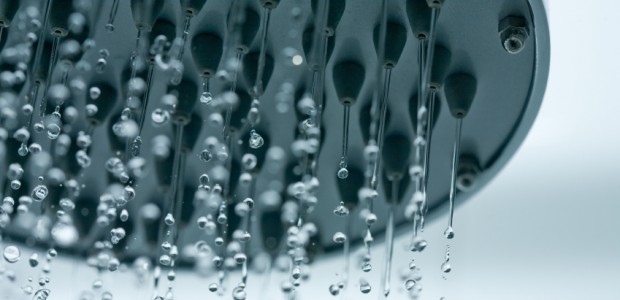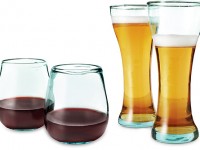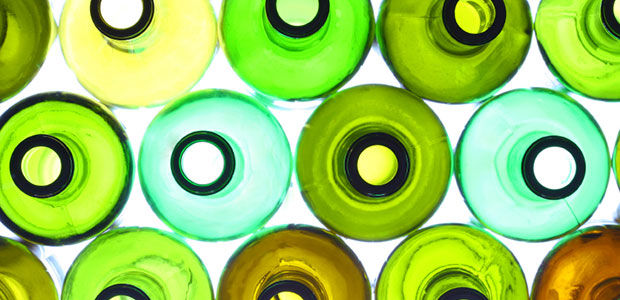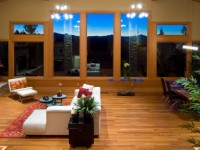American homes are notorious for wasting water. It seems not much thought is given to leaving the water running while brushing your teeth or taking an hour-long shower. Interest in low flow and dual flush toilets is on the rise in the United States, due in part to increased government regulation and the rising cost of water, and there are incentives for making changes in the way we use the toilet. One product set to combat this is the dual-flush toilet. These designs look and act like standard toilets but are able to reduce water consumption by providing the right amount of water for the specific task.
How they work
Standard toilets use siphoning action, a method that employs a siphoning tube, to evacuate waste. A high volume of water entering the toilet bowl when the toilet’s flushed fills the siphon tube and pulls the waste and water down the drain. When air enters the tube, the siphoning action stops. Dual flush toilets employ a larger trapway (the hole at the bottom of the bowl) and a wash-down flushing design that pushes waste down the drain. Because there’s no siphoning action involved, the system needs less water per flush, and the larger diameter trapway makes it easy for waste to exit the bowl. Combined with the savings from using only half-flushes for liquid waste, the dual flush toilet design can save up to 68 percent more water than a conventional low flow toilet [source: How Stuff Works].
Here are a few Pros and Cons for purchasing a duel-flush toilet for your home.
Pros
- According to the Environmental Protection Agency, 4,000 gallons of water can be saved annually in a residential household that converts to these water-conserving fixtures.
- Most types of dual flush toilet are designed to use gravity to remove waste through a large trapway, rather than old-fashioned pressure siphoning. The size of the trapway has a bonus effect: it reduces the incidence of clogs.
- Dual flush toilets aren’t just clever and pretty; those that are high efficiency models are required to flush up to 350 grams of waste.
Cons
- Some models of dual flush toilets may require professional installation or simply present a frustrating challenge for the DIY enthusiast
- Many models may leave some residue in the bowl when using the low volume flush option. This means that dual flush toilets in general require more frequent cleaning
